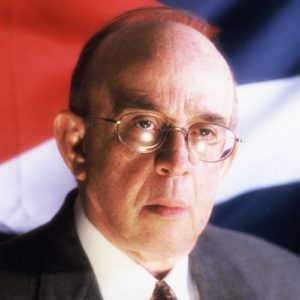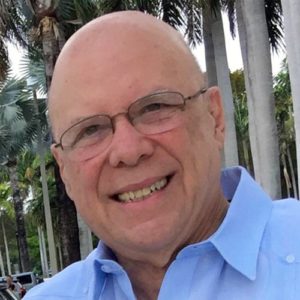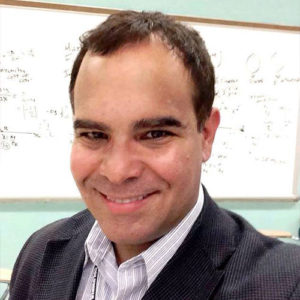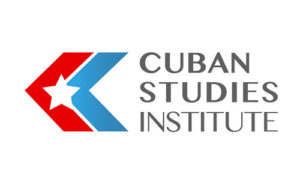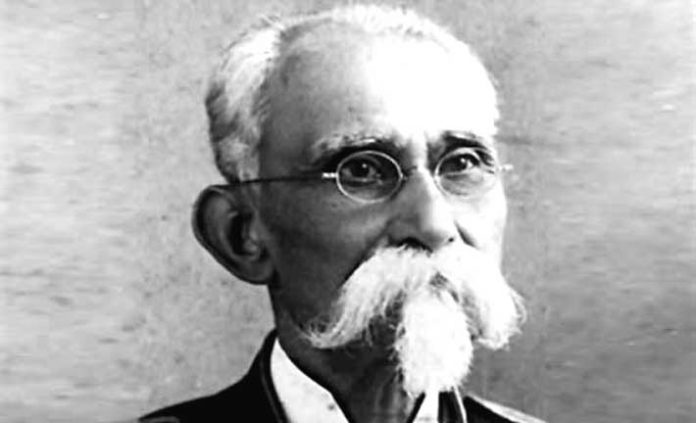
Máximo Gómez Báez, (1836-1905). Hero of Cuban Independence War of 1895-1898. Born to a lower middle-class family in the small town of Barú in Santo Domingo on November 18, he completed his primary education there, and then entered a seminary, where his education was interrupted by the Haitian invasion of 1855, when he joined the Dominican army, fighting bravely at Santomé in 1856 and subsequent battles. He remained in the army during the 1861-1865 brief return of Santo Domingo to Spanish rule, and then moved to Santiago de Cuba. Unhappy with the treatment he and other Dominicans had received from Spain, and horrified by the exploitation of the slaves, he began conspiring with Cuban revolutionaries. When the Ten Years’ War broke out, his military experience was so useful to the rebel cause that he was soon promoted general and later made commander-in-chief. Just before the Peace of Zanjón, however, disappointed and disillusioned, he sailed to Jamaica, and then to Honduras, where he was made an army general. From Honduras he supported the ill-fated Guerra Chiquita, and then in 1884, left Honduras for the United States to organize and collect funds for a new rebellion in Cuba. There he clashed with José Martí who found his authoritarianism intolerable: “A nation cannot be founded in the same manner as an army camp is commanded. What are we, General, the modest and heroic servants of an idea, or the brave and lucky caudillos who are getting ready to take the war to a people for the purpose of later subjugating them?” Gómez withdrew briefly to Panama, and then returned to the Dominican Republic. There in 1892, he had a new call from Martí for a final effort to liberate Cuba, offering him the post of military chief. Forgetting old differences, he accepted and rejoined Martí and Maceo.
For the next three yeas the three worked tirelessly, organizing Cubans in and out of the island, until the Independence War of 1895-1898 began. In April 1895 Gómez, Martí and other leaders landed in Cuba and joined Maceo who was already in the field. Victory came with Spain’s defeat in the Spanish-Cuban-American War. In August 1898 Gómez withdrew his troops to the Narcisa sugar mill, to await the evacuation of Spanish forces. After this was achieved, he made a triumphal tour of Cuba as the war’s most popular surviving hero, and entered Havana, amid general rejoicing on February 24, 1899. When he clashed with the Asamblea de Representantes del Ejército Cubano in respect of its maladroit negotiations with the United States over the disbanding of the rebel army, President McKinley sent Robert Porter to negotiate with Gómez behind the Assembly’s back. Concerned with the hardships his unpaid troops were enduring, he accepted the $3,000,000 offered (about $75 per soldier) rather than delay things further. When the presidential election of 1901 approached, Gómez was one of the most popular figures in Cuba. Yet he refused to be considered, claiming “I would much rather liberate men than govern them.” Instead he helped elect Estrada Palma and supported his subsequent administration. But he refused to support Estrada’s quest for a second term. Old and sick, General Gómez went on a speaking tour in opposition, but could do little as he died on June 17.

